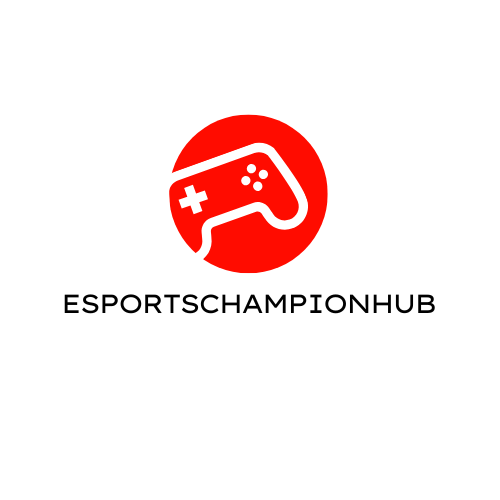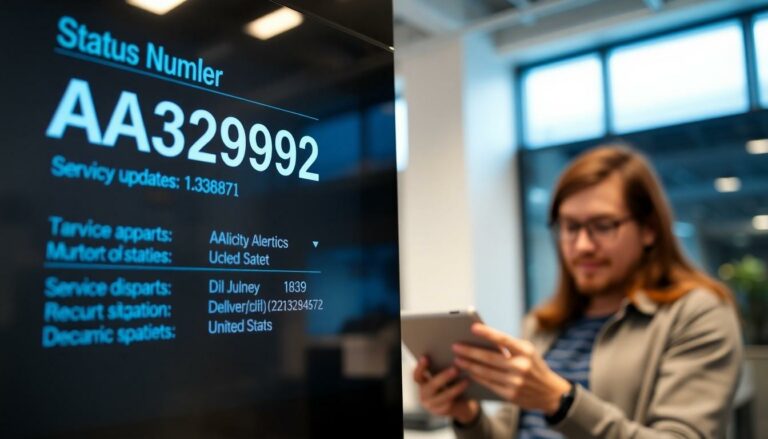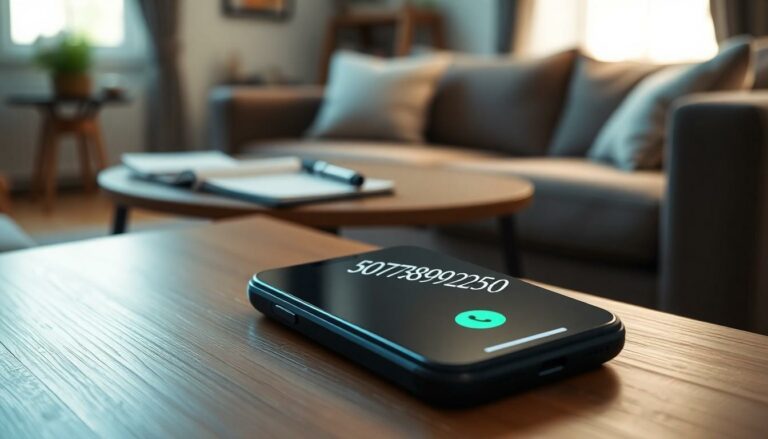Super Smash Bros: From Party Game to Esports Giant – Prize Pools, Pros & Major Tournaments
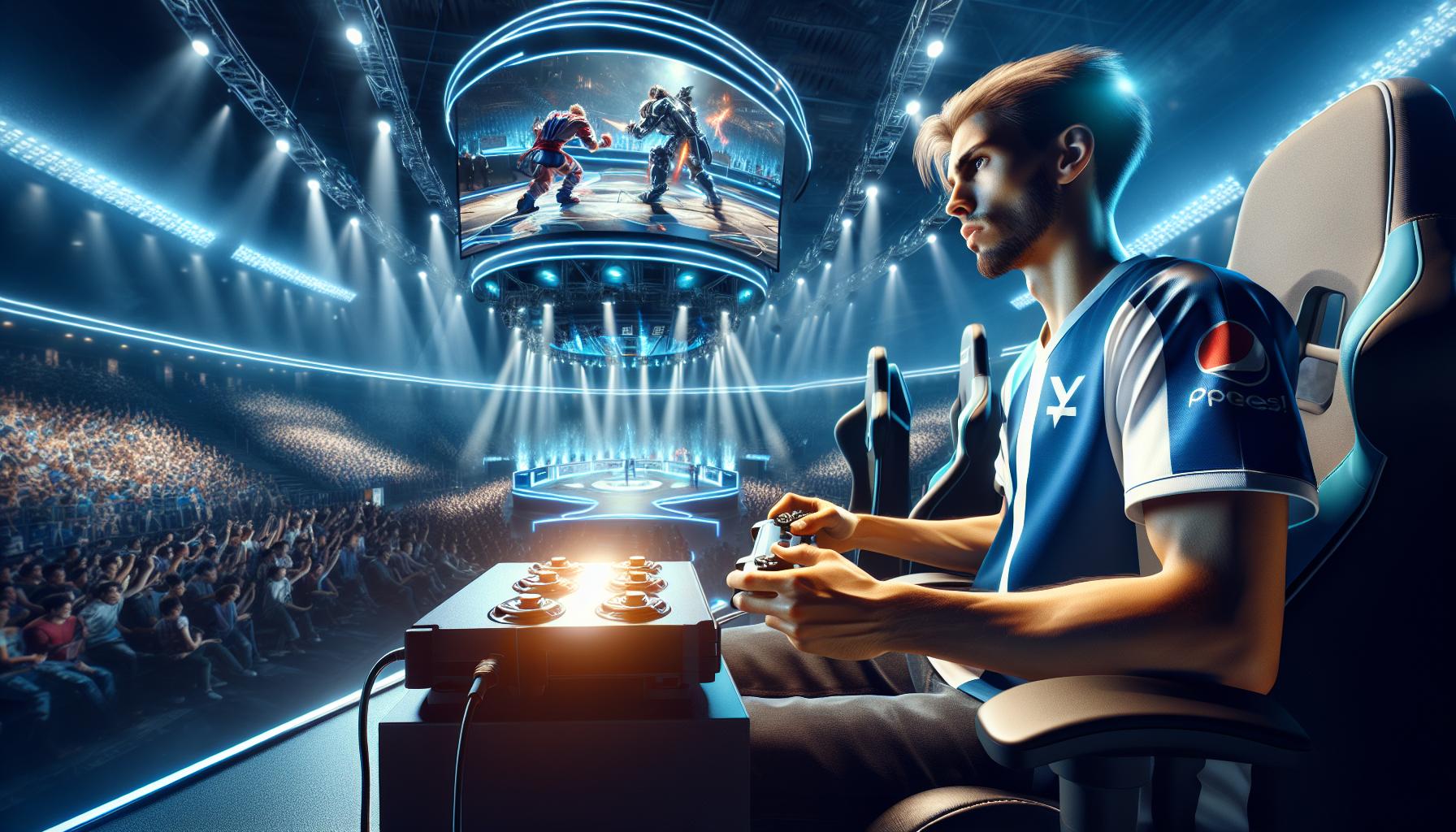
I’ve witnessed the incredible evolution of Super Smash Bros from a casual party game to a thriving esports phenomenon. What started as friendly matches in basements and college dorms has transformed into packed arenas with thousands of spectators cheering for their favorite professional players.
The competitive Smash Bros scene stands out uniquely in the esports landscape. Unlike most fighting games that were designed specifically for competition, Smash Bros creator Masahiro Sakurai originally envisioned it as a casual multiplayer experience. Yet the game’s deep mechanics and high skill ceiling have spawned one of gaming’s most passionate competitive communities. From major tournaments like EVO and Genesis to grassroots local events, competitive Smash Bros has become a global movement that continues to grow year after year.
Key Takeaways
- Super Smash Bros has evolved from a casual party game into a major esports phenomenon, with tournaments drawing thousands of spectators and offering prize pools up to $70,000+
- The competitive scene features a structured tournament circuit including majors like EVO and Genesis, regional events, and weekly local tournaments, supported by professional organizations and streaming platforms
- Top professional players, including “The Gods” of Melee (Armada, Mang0, Hungrybox) and Ultimate stars like MkLeo, have shaped the competitive landscape through innovative gameplay
- Advanced techniques like wavedashing, L-canceling, and edge-guarding form the foundation of competitive play, while character meta continues to evolve across different game versions
- The future of competitive Smash shows strong growth potential, with increased prize pools, professional circuits, and technological advancements enhancing the competitive experience
The Rise of Super Smash Bros in Competitive Gaming
Competitive Super Smash Bros transformed from local tournaments in basements to sold-out arenas packed with thousands of spectators. The game’s explosive growth started in 2002 with Tournament Go, the first major Smash tournament that attracted 40 elite players.
Major tournaments now offer substantial prize pools:
- Genesis 8 (2022): $23,800 prize pool
- The Big House 10 (2022): $21,500 prize pool
- Smash Summit 13 (2022): $70,000 prize pool
The competitive scene features distinct tiers of competition:
- Major Championships (Genesis, EVO, The Big House)
- Regional Events (Come to Papa, Don’t Park on the Grass)
- Weekly Local Tournaments (Xanadu, House of 3000)
Professional organizations recognized Smash’s potential:
- Team SoloMid signed William “Leffen” Hjelte in 2015
- Cloud9 recruited Joseph “Mang0” Marquez in 2014
- Team Liquid sponsored Juan “Hungrybox” DeBiedma in 2015
Streaming platforms amplified Smash’s visibility:
- Twitch.tv hosts major tournaments with 100,000+ concurrent viewers
- YouTube channels dedicated to competitive analysis reach millions
- VGBootCamp’s tournament streams average 50,000 viewers
Tournament attendance numbers showcase growth:
| Year | Event | Attendees |
|---|---|---|
| 2002 | Tournament Go | 40 |
| 2013 | EVO | 696 |
| 2019 | Genesis 6 | 2,100 |
| 2022 | Genesis 8 | 1,950 |
- Weekly netplay tournaments attract 1,000+ participants
- Regional online circuits connect players across countries
- Discord communities coordinate daily competitive matches
Major Smash Bros Tournament Circuits
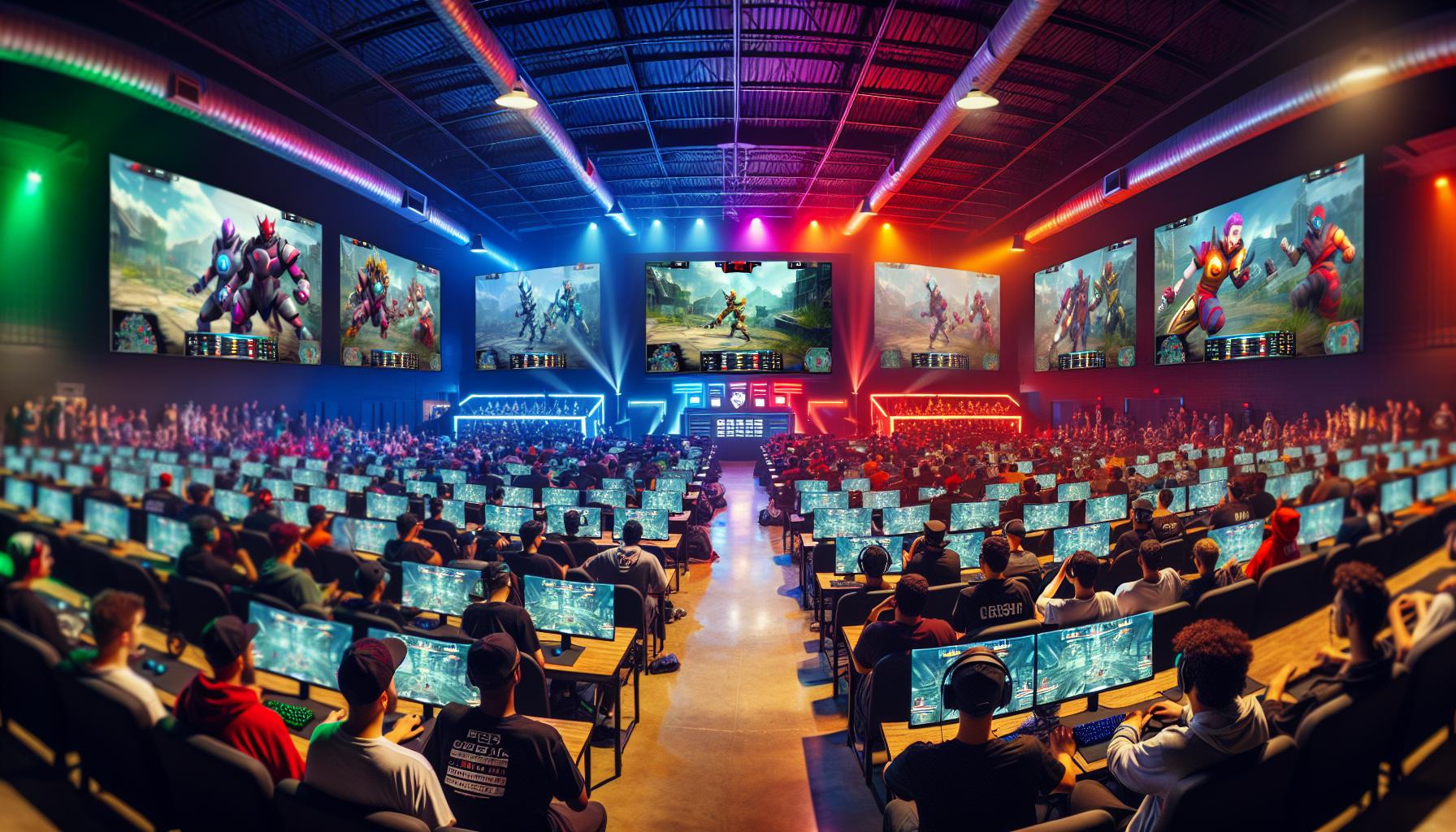
The competitive Smash Bros scene revolves around established tournament circuits that showcase top-tier gameplay throughout the year. These circuits serve as proving grounds for professional players to demonstrate their skills against elite competition.
Evolution Championship Series (EVO)
EVO stands as the largest fighting game tournament in the world, featuring Smash Bros from 2007 to 2022. The tournament reached peak viewership in 2016 with 232,900 concurrent viewers for Smash Bros Melee finals. Notable EVO champions include:
| Year | Champion | Character | Game Version |
|---|---|---|---|
| 2013 | Mang0 | Fox | Melee |
| 2016 | Hungrybox | Jigglypuff | Melee |
| 2019 | MkLeo | Joker | Ultimate |
The Big House Series
The Big House series operates as the premier Midwest Smash Bros tournament, running annually since 2011 in Michigan. The tournament has grown from 115 entrants in 2011 to over 1,500 participants in recent editions. Tournament highlights include:
| Edition | Year | Total Entrants | Prize Pool |
|---|---|---|---|
| TBH 7 | 2017 | 1,437 | $12,800 |
| TBH 9 | 2019 | 1,560 | $15,300 |
| TBH 10 | 2022 | 1,624 | $21,500 |
The venue rotates between major Michigan cities, featuring both Melee Singles brackets alongside Ultimate tournaments. Top players compete in double-elimination format across three days of competition.
Top Professional Smash Players and Their Legacy
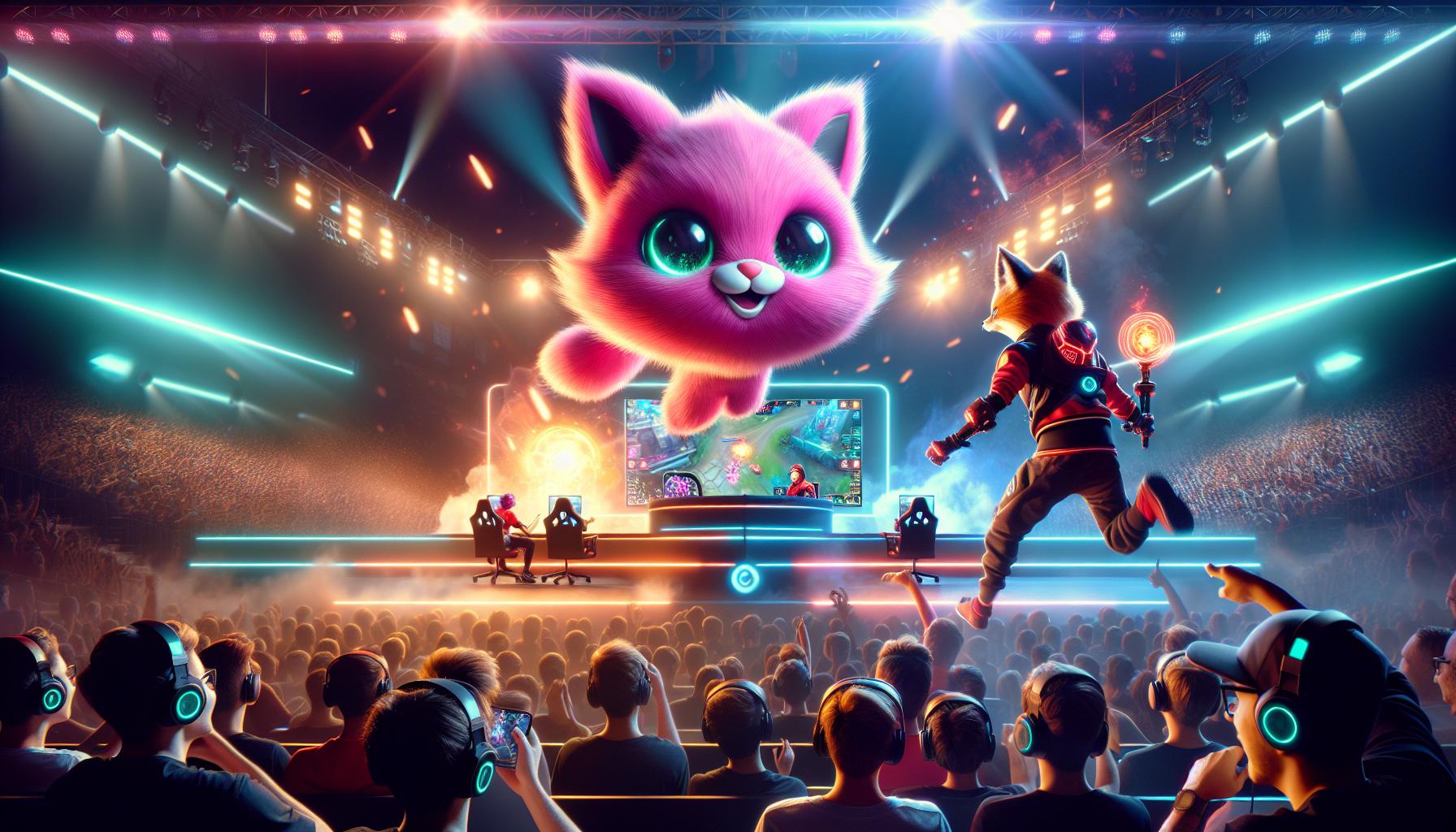
Professional Smash Bros competitors have shaped the competitive landscape through their innovative gameplay techniques strategic adaptations. These players have established lasting legacies across different iterations of the game creating distinct eras of competitive dominance.
Dominant Players in Melee
The competitive Melee scene features five players known as “The Gods” who dominated tournaments from 2009 to 2018. Adam “Armada” Lindgren holds a record of 8 major championship victories including EVO 2015 2017. Joseph “Mang0” Marquez pioneered aggressive Fox gameplay winning 3 EVO championships showcasing his signature aggressive playstyle. Juan “Hungrybox” DeBiedma revolutionized Jigglypuff strategies earning 5 consecutive major titles between 2017-2019.
| Player | Major Titles | Peak Years | Signature Character |
|---|---|---|---|
| Armada | 8 | 2011-2018 | Peach/Fox |
| Mang0 | 3 | 2008-2016 | Fox/Falco |
| Hungrybox | 5 | 2017-2019 | Jigglypuff |
Ultimate Pro Scene Stars
Leonardo “MkLeo” Lopez Perez leads the Ultimate competitive scene with 13 major championship victories since 2019. Tyler “Marss” Martins specializes in Zero Suit Samus securing 4 premier tournament wins in 2021. Samuel “Dabuz” Buzby maintains consistent top-8 placements using Rosalina Olimar earning 3 major titles in 2022.
| Player | Major Titles | Peak Years | Signature Character |
|---|---|---|---|
| MkLeo | 13 | 2019-2023 | Byleth/Joker |
| Marss | 4 | 2021-2022 | Zero Suit Samus |
| Dabuz | 3 | 2022-2023 | Rosalina/Olimar |
Game Mechanics and Competitive Strategy
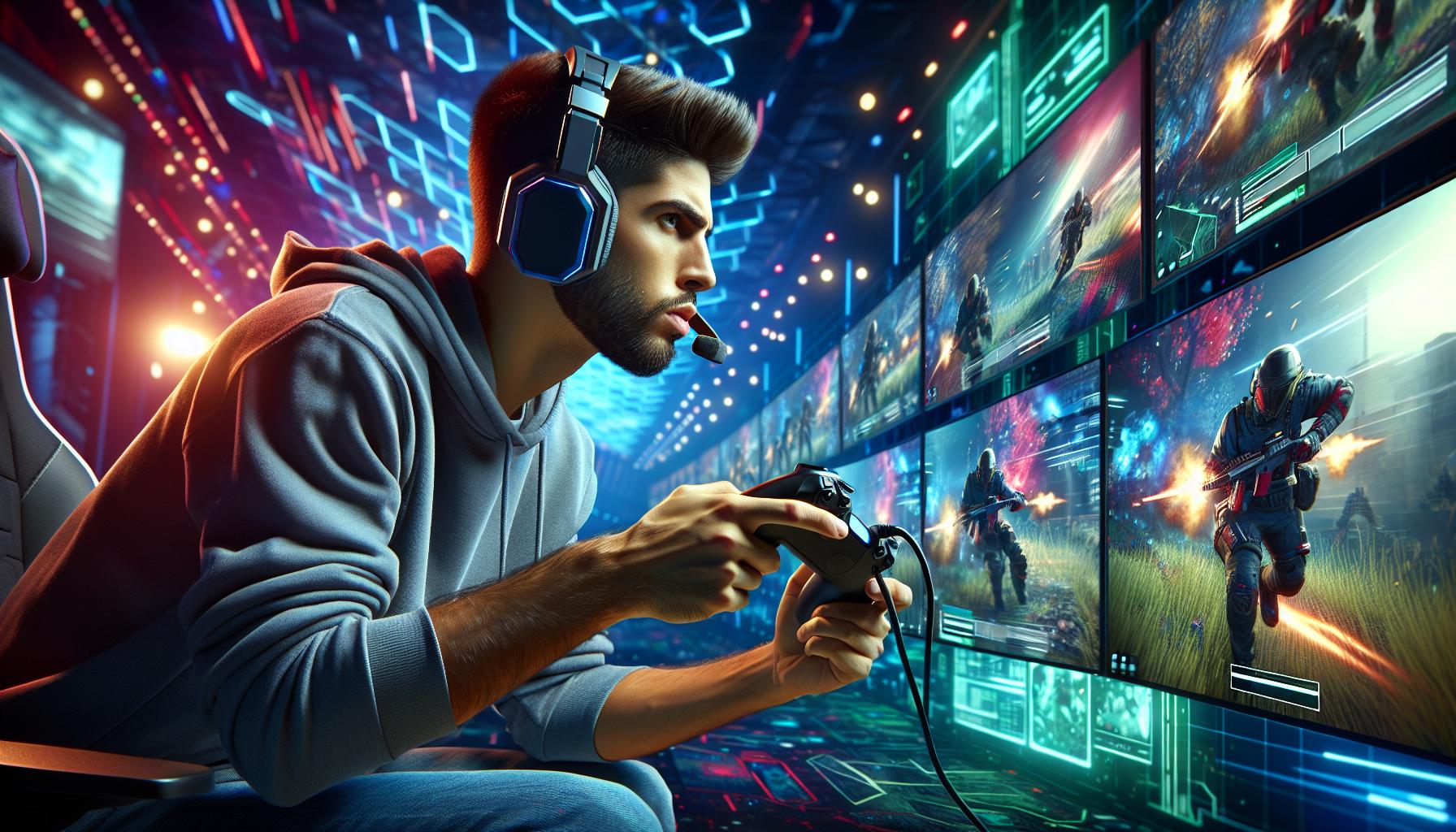
Super Smash Bros competitive gameplay centers on advanced technical execution combined with deep strategic understanding. The competitive scene has evolved sophisticated mechanics far beyond the original design intentions.
Advanced Techniques
Advanced techniques form the core foundation of competitive Smash Bros gameplay:
- Wavedashing – A sliding movement performed by air-dodging diagonally into the ground, essential for quick positioning in Melee
- L-canceling – Reducing landing lag after aerial attacks by pressing L/R/Z before touching the ground
- Edge-guarding – Preventing opponent recovery through strategic stage control near ledges
- DI (Directional Influence) – Altering knockback angles to survive hits longer
- Short Hopping – Quick aerial attacks performed by tapping jump briefly
- B-Reversing – Changing momentum direction during special moves for mix-ups
- Perfect Pivoting – Micro-positioning technique using quick turnarounds
- Frame-Perfect Inputs – Executing moves within 1/60th of a second timing windows
Character Meta Evolution
The competitive character meta has undergone significant shifts:
| Game Version | Top Tier Characters | Key Mechanical Changes |
|---|---|---|
| Melee | Fox, Falco, Marth | L-canceling, Wavedashing |
| Brawl | Meta Knight, Ice Climbers | Chain Grabbing, Planking |
| Smash 4 | Bayonetta, Cloud | Perfect Pivoting, Rage Mechanic |
| Ultimate | Joker, Pyra/Mythra | Short Hop Multiplier, Parrying |
- Counter-picking – Selecting characters based on matchup advantages
- Pocket Characters – Maintaining secondary characters for unfavorable matchups
- Match Analysis – Studying opponent tendencies to exploit character-specific weaknesses
- Tech Development – Discovering new character-specific techniques for competitive advantage
- Playstyle Adaptation – Adjusting aggressive or defensive approaches based on character strengths
Prize Pools and Sponsorships
Super Smash Bros tournaments feature diverse prize pool structures that attract professional players and sponsorships from major organizations. The largest prize pools in Smash history include:
| Tournament | Prize Pool | Year | Winner’s Share |
|---|---|---|---|
| Smash Summit 11 | $155,640 | 2021 | $46,692 |
| Smash Summit 12 | $138,000 | 2021 | $41,400 |
| Smash Ultimate Summit 3 | $106,815 | 2021 | $32,044 |
| Beyond the Summit 9 | $83,605 | 2020 | $25,081 |
Major sponsors in the Smash Bros competitive scene include:
- Gaming Organizations
- Team Liquid supports multiple top players including Hungrybox
- TSM sponsors Leffen
- Panda Global maintains a roster of both Melee Ultimate competitors
- Tech Companies
- Intel partners with major tournaments for hardware support
- ASUS ROG provides gaming monitors at premier events
- HyperX supplies gaming peripherals to sponsored players
- Endemic Brands
- GameCube controller manufacturers like Battle Beaver
- Gaming energy drinks such as G FUEL
- Gaming chair companies including SecretLab
Tournament organizers secure funding through:
- Entry fees from competitors
- Venue fees from attendees
- Merchandise sales at events
- Stream revenue from platforms like Twitch
- Crowdfunding campaigns for special events
- Sponsorship deals with gaming brands
| Placement | Percentage of Prize Pool |
|---|---|
| 1st Place | 30-35% |
| 2nd Place | 20-25% |
| 3rd Place | 15-20% |
| 4th Place | 10-12% |
| 5th-6th | 5-7% each |
| 7th-8th | 2-3% each |
The Future of Competitive Smash
Major gaming publishers are integrating professional circuits into Super Smash Bros competitions, creating standardized tournament formats with increased prize pools. Nintendo’s Smash World Tour 2024 features a $250,000 prize pool distributed across regional qualifiers in North America, Europe, Japan.
The rise of online tournaments has transformed competitive Smash, with platforms like Start.gg hosting 3,000+ monthly events. These digital competitions offer:
- Regional divisions with skill-based matchmaking
- Advanced netcode reducing input lag to 2-3 frames
- Automated bracket management systems
- Real-time stat tracking integration
Technological advancements enhance the competitive experience through:
- Professional broadcast equipment improving stream quality to 4K 60fps
- AI-powered match analysis tools identifying player patterns
- Custom controller modifications reducing input delay
- Advanced practice modes with frame data displays
Emerging market trends indicate substantial growth:
| Metric | 2023 | 2024 (Projected) |
|---|---|---|
| Prize Pool Total | $1.2M | $2.5M |
| Monthly Active Players | 250K | 400K |
| Major Tournament Viewers | 150K | 275K |
| Professional Teams | 25 | 40 |
New competitive formats are gaining traction:
- Crew battles featuring 5v5 team competitions
- Double elimination brackets with losers’ picks
- Round robin pools optimizing match distribution
- Swiss-system tournaments reducing waiting times
The integration of esports organizations expands competitive opportunities through:
- Professional player development programs
- Dedicated training facilities
- Performance analytics departments
- International talent scouting networks
These developments position Super Smash Bros for continued growth in the competitive gaming landscape, with expanded tournament circuits reaching new global markets.
Conclusion
Super Smash Bros’ journey from a party game to an esports powerhouse is nothing short of extraordinary. I’ve watched the scene grow from modest beginnings to massive tournaments with prize pools exceeding $150000 and viewership in the hundreds of thousands.
The dedication of players organizers and fans has transformed this beloved Nintendo title into a competitive phenomenon. With advanced techniques evolving meta strategies and professional organizations continuing to invest in the scene I’m confident that Smash Bros esports will reach even greater heights.
The future looks incredibly bright with new tournament circuits enhanced online play and growing prize pools paving the way for the next generation of competitive Smash players.
